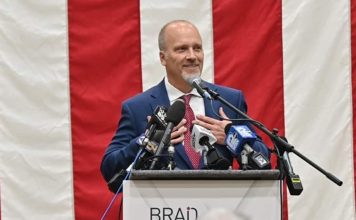“What Putin is really saying is his goal is to eliminate the nation of Ukraine, which is genocide”
The idea that Ukraine needs to be de-Nazified is factually incorrect, historians in the U.S. argue. Confusion about Nazis and neo-Nazis in Ukraine has arisen in part by a possible mistranslation into English of recent remarks made by Russian President Vladimir Putin.
In Putin’s Feb. 24 address, the English translation states that Putin wants to de-Nazify Ukraine. In reality he’s saying he wants to denationalize it, or commit genocide, a Houston-based historian told The Center Square.
Any characterization of the Ukrainians as neo-Nazis is absurd and ridiculous, a renowned Jewish historian in Brooklyn also argues.
Putin declared that Russia was invading Ukraine “to protect people who, for eight years now, have been facing humiliation and genocide perpetrated by the Kiev regime.” He’s referring to Russian speakers in eastern Ukraine, although Kyiv hasn’t committed genocide. (Ukraine’s capital city is spelled, “Kiev” in Russian and “Kyiv” in Ukrainian.)
“To this end, we will seek to demilitarize and de-Nazify Ukraine,” Putin said.
But the word “nation” in Russian and Ukrainian is “нация,” which is pronounced, “natsi-ya,” Roman Cherwonogrodzky, historian for the Ukrainian American Cultural Club of Houston, told The Center Square. It doesn’t refer to the World War II-era political party led by Adolph Hitler.
In a one-minute clip of the section of his remarks regarding the military operation and genocide, Putin is using the word, “ге-ноци-д” (ghe-natsi-d), Cherwonogrodzky said, meaning to de-nationalize Ukraine.
When Putin said, “we will strive for the demilitarization and denazification of Ukraine,” Cherwonogrodzky said, “he’s using a different conjugation of the same word he used for genocide, ‘de-nats i-ficatsiya.’”
In a Feb. 21 address at the 53:33 mark, Putin used the same word, “natsiya-nalism” referring to Ukrainian nationalism, and “neo-Natzism,” referring to the German political movement. And at a March 18 rally at Luzhniki Stadium in Moscow, Putin used the same word for genocide, “ghe-natsi-d.”
What Putin is really saying is his goal is to eliminate the nation of Ukraine, which is genocide, Cherwonogrodzky said. The definition of genocide is “The systematic and widespread extermination or attempted extermination of a national, racial, religious, or ethnic group.”
What many may not realize, Cherwonogrodzky added, is during “Soviet times, it was illegal to speak, read, write, or culturally express Ukrainian ethnicity or nationality without permission. If one was not a “Good Communist (Soviet/Russian),” they would be marked and treated as Ukrainian Nationalists (наци-оналисты pronounced natsi-onalisti).”
“The Russian word for genocide is ‘геноцид’ pronounced ‘ghe-natsi-d,’” he said. “In Russian, the ‘o’ is pronounced as a soft, short ‘a,’ which you can hear Putin pronounce.”
Putin’s claim that Ukraine needs to be de-Natzified “is absolutely absurd and offensive; that’s ridiculous,” Dr. Henry Abramson said in a lecture explaining Ukrainian Jewish history. Abramson, a specialist in Jewish history, is dean at the Avenue J campus of Touro University in Brooklyn, New York.
He said that historically, Jews have lived in Ukraine for well over 1,000 years and 96% of the time they’ve peacefully coexisted with non-Jewish Ukrainians.
He pointed to a 2017 Pew Research Center survey of 18 Central and Eastern Europeans, which found that only 5% of Ukrainians wouldn’t accept Jews as their neighbors compared to 14% of Russians who wouldn’t. These Ukrainians represent the smallest number of any of the Europeans surveyed, he noted.
The fact that Ukrainians overwhelmingly elected Volodomyr Zelensky, who is Jewish, as their president should be evidence enough that they don’t need to be de-Nazified, he said.
In another lecture, he explained how Jewish and non-Jewish Ukrainians formed an alliance against the Russians in the 1960s, which ultimately led to Ukraine’s independence in 1991.
Today, some 40,000 Ukrainian Jews have the opportunity to move to Israel, but Rabbi Meir Stambler in Kyiv said they’re staying to fight.
Stambler, the chairman of the Federation of Jewish Communities of Ukraine, told The Jewish Chronicle, “Jews are very, very involved in everything in Ukraine, in the government, business, the army as well.
“Jews are here, we have very good years with our Ukrainian neighbors, we are part of the population. But the ground is soaked with blood here, Jewish blood. We feel part of the population so it’s very difficult. But it’s important because you can’t build anything without learning your history.”
Based on present-day borders, one of every four Jews killed in the Holocaust was murdered in Ukraine, the National World War II Museum states. “Before World War II, the 1.5 million Jews living in the Soviet republic of Ukraine constituted the largest Jewish population within the Soviet Union, and one of the largest Jewish populations in Europe.”
Before and after the Holocaust, Ukrainians were systematically killed by Soviet leaders.
In 1932 and 1933, Joseph Stalin orchestrated the Red Famine, called “Holodomor,” which means “death inflicted by starvation.”
“While it is impossible to determine the precise number of victims of the Ukrainian genocide, most estimates by scholars range from roughly 3.5 million to 7 million (with some estimates going higher). The most detailed demographic studies estimate the death toll at 3.9 million,” the Center for Holocaust and Genocide Studies at the University of Minnesota states.
In 1946 and 1947, Leonid Brezhnev orchestrated another manmade famine targeting Ukrainians. Confiscated food from this region was sent to new Eastern Bloc countries, starving Ukrainians in the process. What happened was comparable to Holodomor, Serhii Plokhy wrote in his 2015 book, “The Gates of Europe: A History of Ukraine”: “Close to a million people died as a result of the new famine that hit southern Ukraine especially hard, including the Dnipropetrovsk and Zaporizhia regions.”
In 2014, a significant depopulation of ethnic Ukrainians occurred in Crimea under Russian occupation. Crimeans, Crimean Tartars, Jews and Ukrainians were oppressed, jailed, killed, sent to Siberia, or fled to Ukraine. By spring 2014, local pro-Ukrainian activists began leaving, “feeling unsafe amid the Russian crackdown on everything Ukrainian and Crimean Tatar,” Euromaidan Press reported. Meanwhile, Russia began militarizing Crimea by relocating military personnel there, and more than one million Russians were also relocated to the peninsula, changing its demographics.
Likewise, prior to 2014, there were roughly 4 million people living in the southeast Ukrainian region of Donbas. Now there are less than two million. Since 2014, “it’s estimated that 415,000 Ukrainians fled from the pro-Russian states to Ukraine as refugees, 925,500 fled abroad, and approximately 13,000 soldiers and 3,400 civilians were killed,” Cherwonogrodzky said.
Bethany Blankley | The Center Square contributor
Go to Source
Reposted with permission


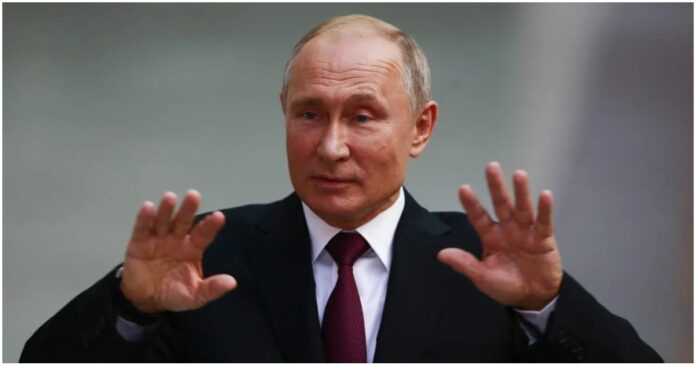


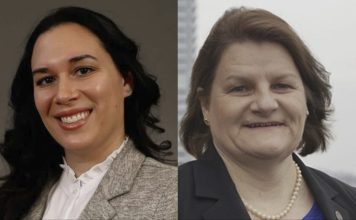
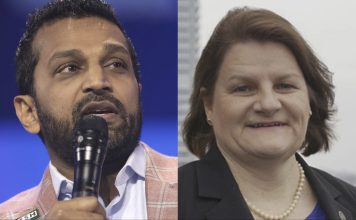

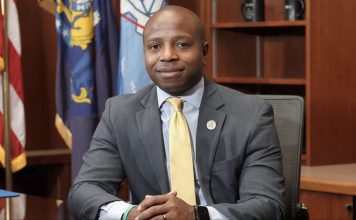
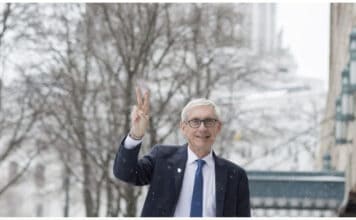

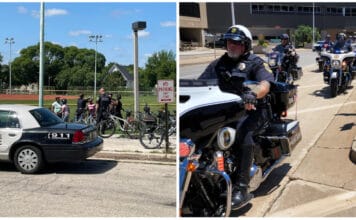

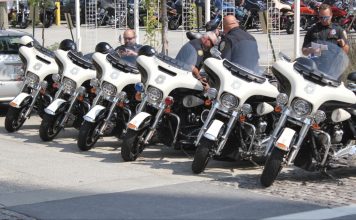
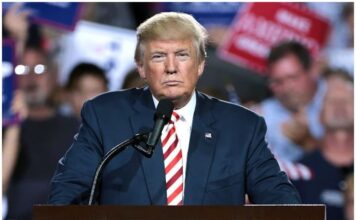






![WATCH: Elon Musk Town Hall Rally in Green Bay [FULL Video]](https://www.wisconsinrightnow.com/wp-content/uploads/2022/04/Elon_Musk_3018710552-356x220.jpg)

